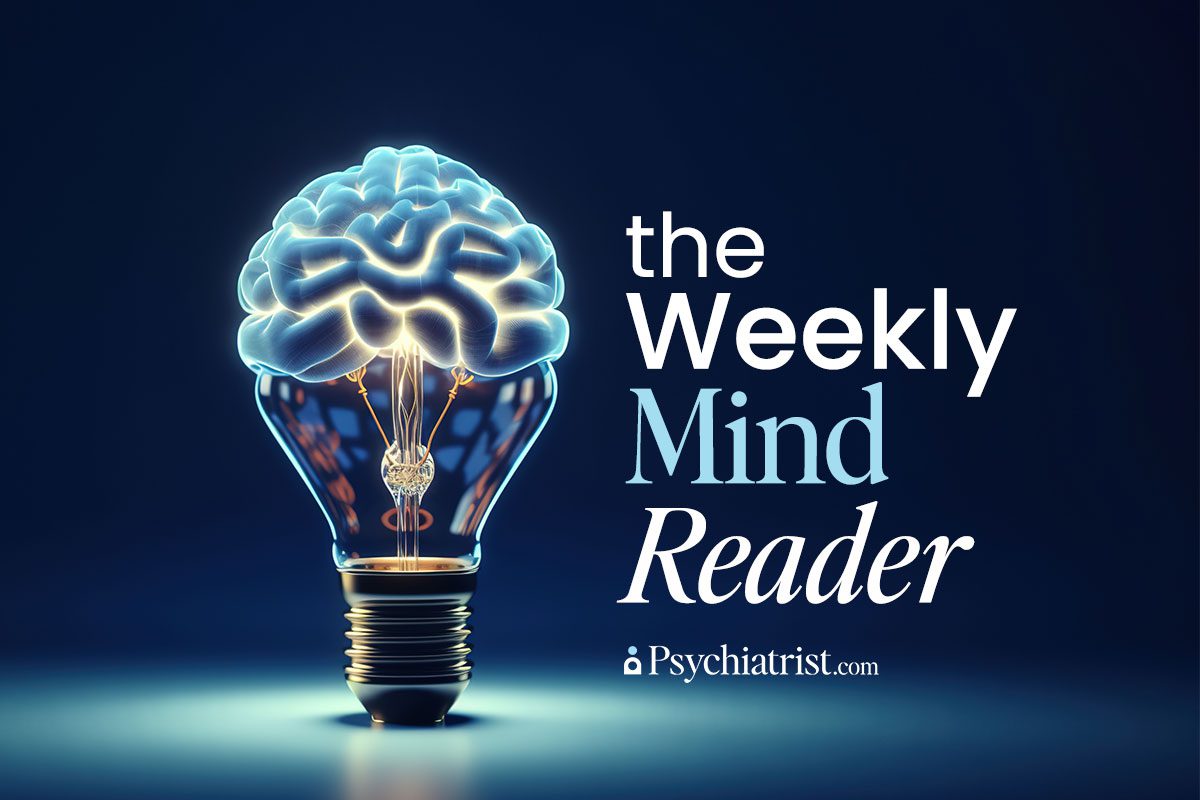For all of our differences, mankind shares a multitude of commonalities. Whether it’s our myths, our religions, or simply what makes us happy.
Now, an international coalition of researchers have published a wide-ranging linguistic study that shows we also share a series of sound patterns. This team has discovered, for example, that our pain expressions – across languages – typically share distinct vowel sounds. This, the authors argue, hints at a link to nonlinguistic vocalizations, such as cries or screams.
Surprising Sound Results
The study’s authors pored over more than 600 interjections culled from 131 languages, with an eye toward figuring out whether certain interjections share the same sound patterns. The team looked at expressions of pain, disgust, and joy. By analyzing vowels and their acoustic properties, the researchers found that while pain interjections share similar vowel sounds worldwide, disgust and joy don’t.
From this, the authors inferred that there’s a singular – and universal – relationship between pain sounds and language. Specifically, pain interjections commonly feature open vowels like [a] and diphthongs, such as those found in “ouch” or “ayyy.” These vowels, associated with wide, open mouth positions, appear repeatedly in pain expressions across languages and resemble nonlinguistic cries of pain.
That being said, interjections for disgust and joy show no similar consistency in vowel patterns. For example, disgust might sound like “ugh,” with central vowels, while joy might be expressed as “yay” with front vowels like [i]. This variability suggests that while expressions of joy and disgust are subject to cultural and linguistic differences, pain’s vocalization remains uniquely stable across languages.
Methodology
To isolate the potential root cause of this cross-linguistic similarity, the researchers analyzed nearly 500 vowel sounds pulled from recordings of nonlinguistic vocalizations. The researchers measured formant frequencies — acoustic markers that vary with vocal tract shape — to investigate the specific sound profiles tied to different emotions.
The researchers found that each emotion features a unique vowel pattern:
- Open vowels for pain.
- Central vowels for disgust.
- And front vowels for joy.
Notably, pain interjections and pain cries shared similar open vowels, suggesting a deep-rooted association likely driven by human evolution or iconicity, where sounds inherently mimic their meanings.
“Iconicity,” where sounds mirror their meaning, has intrigued linguists for decades, appearing in areas such as ideophones (vivid words that describe sensory experiences) and sound symbolism (words that resemble their referents). But few studies managed to establish a link between vocalizations — emotion-driven, nonlinguistic sounds — and traditional interjections.
According to the study’s authors, this suggests that expressive interjections, particularly for pain, might share iconic foundations. It’s a concept that challenges the long-accepted view of language as an arbitrary aspect of our humanity.
Sound Differences Emerge
Despite these results, the researchers also discovered that disgust and joy interjections don’t share the same conformity in vowel choice across languages, even though their nonlinguistic counterparts (cries of disgust and laughter) each have characteristic vowel sounds.
This deviance in linguistic interjections indicates that while sounds of pain might have more straightforward pathways into language, other emotions might draw from complex cultural or linguistic forces that clouds over any potential connections.
The study further examined why pain might be distinct in this way. One hypothesis that emerged argues that pain’s vocalizations are more socially impactful, which demand immediate attention and response, leading to a greater likelihood of standardization.
On the other hand, joy and disgust might be less universally pressing, allowing for greater variations.
Additionally, the researchers hint that linguistic conventions for pain might indirectly influence expressions of joy, with similarities arising from overlapping emotional pathways rather than direct mimicry of nonlinguistic sounds.
This research informs our understanding of linguistic evolution, showing that certain sounds, especially those tied to intense emotions like pain, might be universally recognizable, crossing linguistic and cultural boundaries. While much of human language stems from convention and culture, the researchers suggest that a fundamental part of how we communicate emotion, particularly pain, might be rooted in biology and acoustics.
Further Reading
A New Theory on the Origin of Cooperation
New Technique Shows Brain Can Store Much More Data
Using Natural Language Processing in Suicide Risk Prediction



